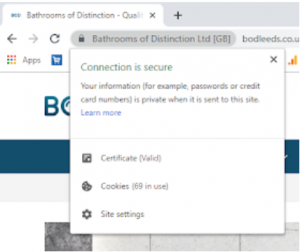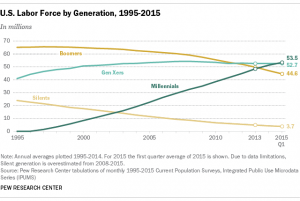
The bill for a critical slice of your inventory has once again been sitting on your desk for more than 30 days. The vendor has sent a reminder, and it included a hand-written note that you hadn’t received when you were late in the past: It says that the vendor won’t be able to keep offering you merchandise discounts unless you pay on time.
It’s time for your business to get on top of vendor payments.
Every small business gets bills from its suppliers, and many find paying them promptly to be a challenge. According to a report by Atradius, more than a third of B2B receivables aren’t paid on time. That’s bad news for the late payers, on several fronts. Failing to pay your current vendors on time taints your business’ reputation with other vendors, lowers your company’s credit score, lessens your chances of getting vendor discounts and could leave you on the hook with late fees or interest charges.
If you don’t want to be known as a late payer, you’ve got to take a hard look at your expenses and your cash flow, and make changes to both.
Start with your expenses. Are you selling all the inventory you buy? If the answer for any item on your shelves is no, you need to scale back your purchases of that item, or eliminate it from your purchasing altogether. Are you selling your inventory at a pace that matches the terms from your vendor? If your records show that you regularly turn the merchandise from Vendor X in 28 days, then a 30-day trade credit agreement is great. But if it takes you 58 or 88 days,that narrow a payment window just won’t work.
Now it’s time to do a cash flow analysis, which is a report on what you are earning from the sales of your products or services, the money you might have available to you from loans or lines of credit and what you are spending on (from rent to labor, inventory and debt payments). You’ve got to examine your immediate inflow and outflow, and do a projection for the year ahead. That’s particularly important if your business is seasonal because you may need to be spending on inventory for high season when your business has low season capital coming in. The U.S. Small Business Administration can help you understand the basics of a cash flow analysis. If financial analysis is not your thing, consider setting up a mentoring session or two with SCORE, the Service Corps of Retired Executives. There are SCORE chapters in many cities around the country and its services are free and confidential.
Then, take a hard look at how you are handling the invoices you get from your vendors: Do they go into one big pile on your desk, or are they filed neatly in order of due date? Are you putting payment reminders into your electronic calendar? Are you paying what you really owe to the vendors that you really owe the money to? Too many small businesses find themselves to be the unwitting victims of fraud because they do not have proper controls on their finances.
When your business is in its early years, you’re probably going to have to do a lot of this vendor management manually. As you grow, however, you should take time to explore other options, from vendor management providers to supply chain management software, warehouse management systems, and supplier management systems.
Your vendors are critical to the success of your small business. Be sure to always treat them well, and always pay your bills on time.
Business & Finance Articles on Business 2 Community(85)
Report Post







